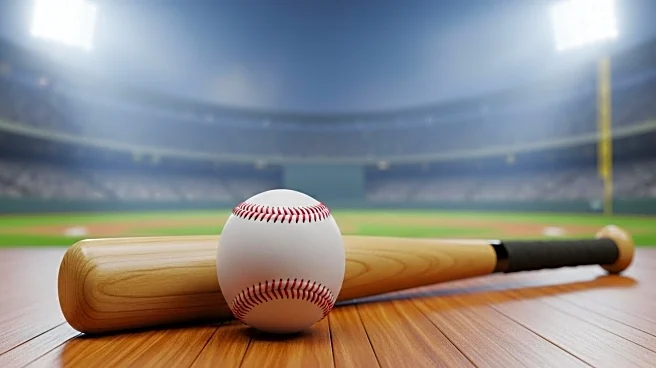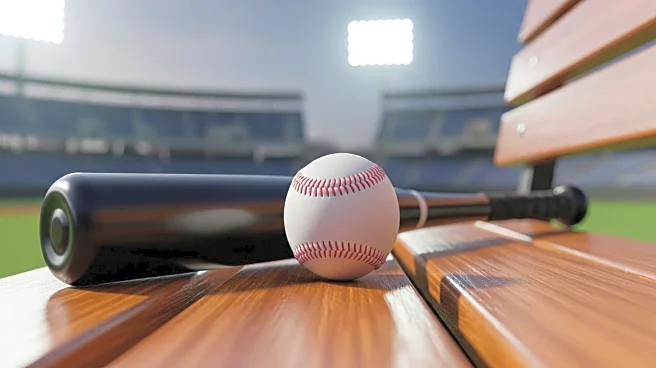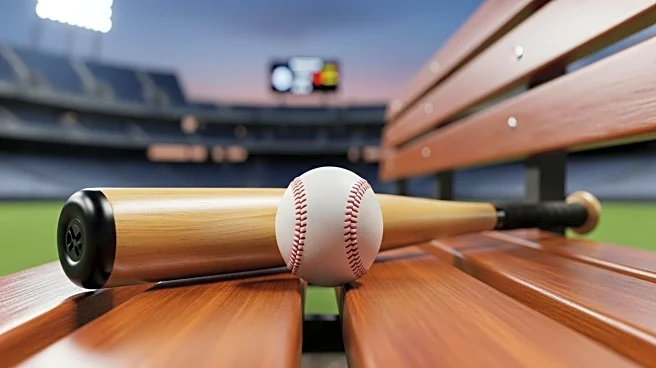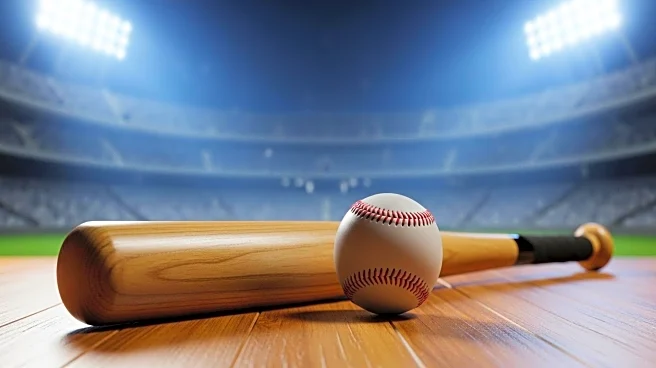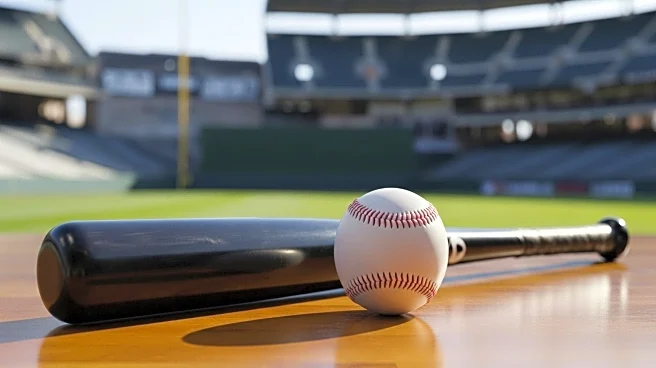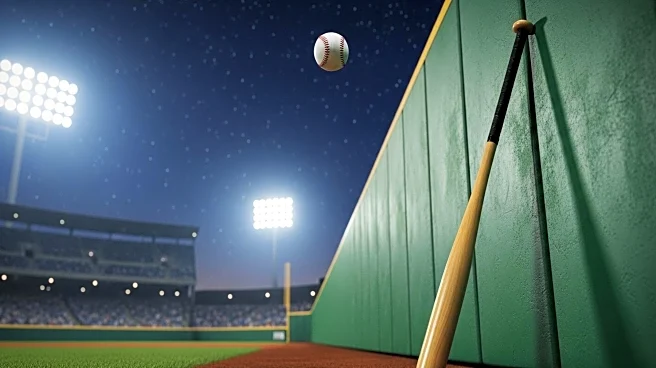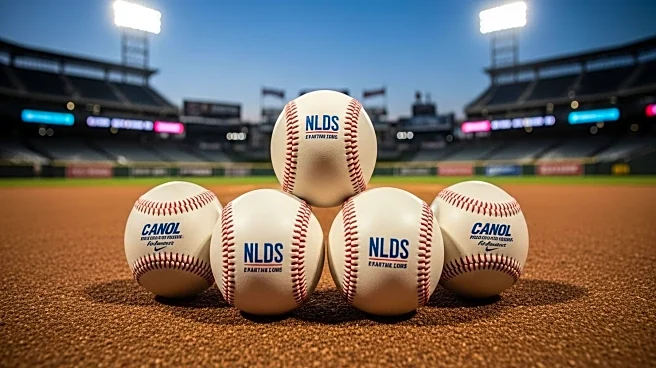What is the story about?
What's Happening?
The MLB Division Series kicked off with a remarkable performance by Shohei Ohtani, who played a pivotal role in the Los Angeles Dodgers' 5-3 victory over the Philadelphia Phillies. Ohtani, known for his dual-threat capabilities, not only hit 55 home runs this season but also served as the winning pitcher in Game 1 of the National League Division Series. He delivered six impressive innings, striking out nine batters and allowing only three hits. This performance continues to redefine the boundaries of baseball, as Ohtani's ability to excel both as a hitter and a pitcher remains unparalleled in the modern era.
Why It's Important?
Shohei Ohtani's performance is significant as it highlights the evolving nature of baseball, where players are increasingly expected to excel in multiple roles. Ohtani's dual capabilities challenge traditional player roles and offer a glimpse into the future of the sport. His success on the field not only boosts the Dodgers' chances in the postseason but also sets a new standard for versatility in baseball. This could influence team strategies and player development, encouraging a more holistic approach to training athletes who can contribute in various capacities.
What's Next?
As the Division Series progresses, all eyes will be on Ohtani to see if he can maintain his exceptional form. The Dodgers will rely on his dual-threat ability to advance further in the postseason. Meanwhile, other teams may begin to reassess their player development strategies, potentially seeking to cultivate more versatile players who can impact the game in multiple ways. The outcome of this series could have lasting implications on how teams approach roster building and game strategy in the future.
Beyond the Headlines
Ohtani's performance also raises questions about the physical demands placed on players who take on dual roles. The long-term sustainability of such a career path will be closely monitored by teams and medical professionals. Additionally, Ohtani's success may inspire a new generation of players to pursue similar paths, potentially leading to a shift in how young athletes are trained and developed.
AI Generated Content
Do you find this article useful?
